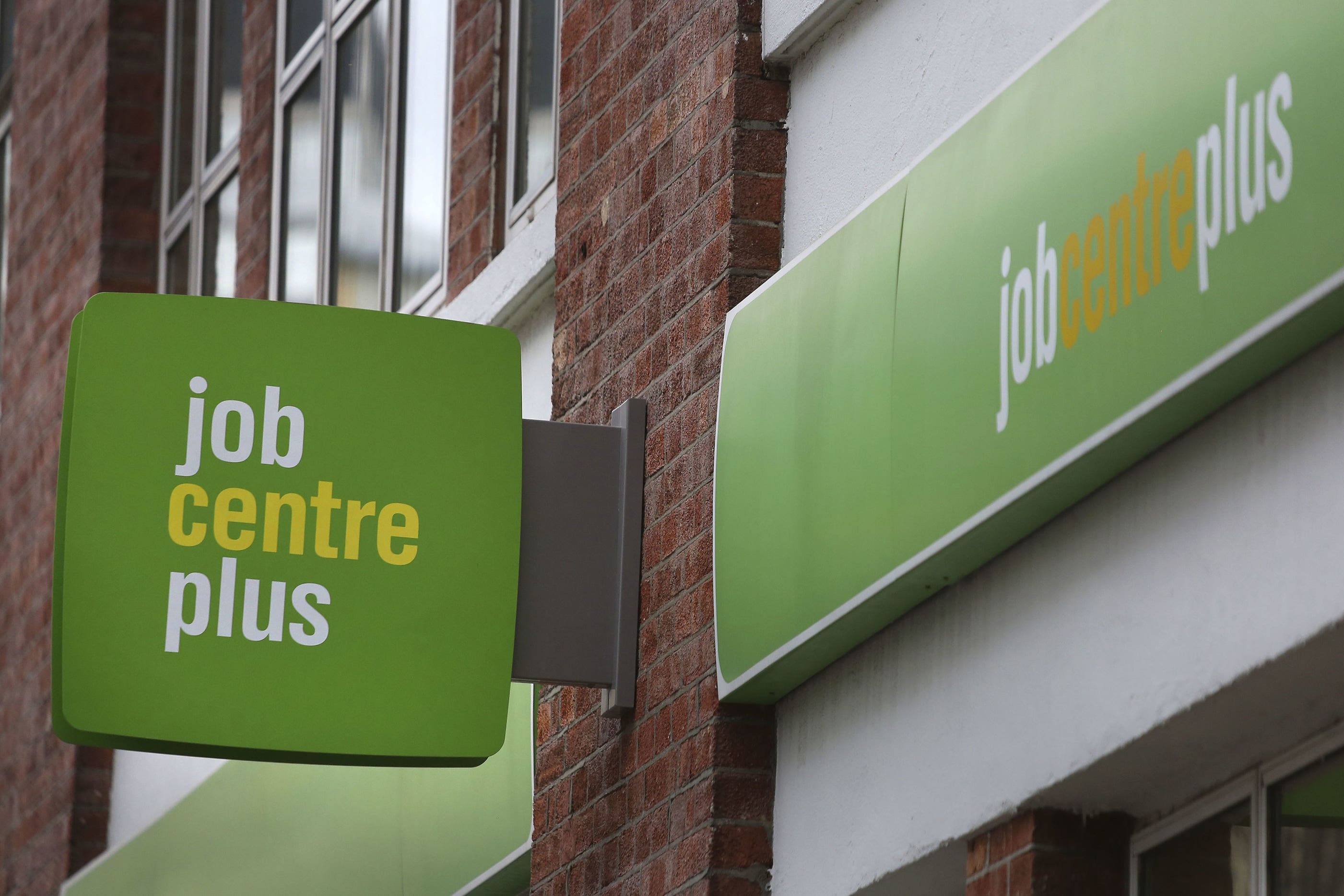Unemployment rate edges higher in sign of cooling jobs market
The rate of unemployment stood at 3.6% in the three months to September, up from 3.5% in the previous three months, the ONS said.

Your support helps us to tell the story
From reproductive rights to climate change to Big Tech, The Independent is on the ground when the story is developing. Whether it's investigating the financials of Elon Musk's pro-Trump PAC or producing our latest documentary, 'The A Word', which shines a light on the American women fighting for reproductive rights, we know how important it is to parse out the facts from the messaging.
At such a critical moment in US history, we need reporters on the ground. Your donation allows us to keep sending journalists to speak to both sides of the story.
The Independent is trusted by Americans across the entire political spectrum. And unlike many other quality news outlets, we choose not to lock Americans out of our reporting and analysis with paywalls. We believe quality journalism should be available to everyone, paid for by those who can afford it.
Your support makes all the difference.Britain’s rate of unemployment edged higher in the three months to September as the country heads for what is feared will be the longest recession in a century, official figures have shown.
The rate of unemployment stood at 3.6% in the three months to September, up from 3.5% in the three months to August, the Office for National Statistics (ONS) said.
Most economists had expected the unemployment rate to remain unchanged.
It came as more people dropped out of the workforce, with a hike in the proportion of people neither looking for work nor working.
Over half a million working days were lost to strikes in August and September – the highest two-month total in more than a decade – the ONS also revealed.
With real earnings continuing to fall, it’s not surprising that employers we survey are telling us most disputes are about pay
There was another fall in the number of vacancies, down 46,000 quarter on quarter to 1.2 million, as increasing numbers of employers “hold back on recruitment” amid mounting economic gloom, according to the ONS.
Wage rises continued to be far outstripped by rocketing prices, with average earnings excluding bonuses down 3.8% when taking account of Consumer Prices Index (CPI) inflation, the figures showed.
It follows official data last week revealing the economy shrank by 0.2% in the third quarter, putting the UK on course for a prolonged recession amid a punishing cost-of-living crisis.
Chancellor Jeremy Hunt said that tackling inflation was his “absolute priority” as he prepares to outline a raft of expected tax hikes and spending cuts in this week’s delayed autumn Budget.
He said: “That guides the difficult decisions on tax and spending we will make on Thursday.
Restoring stability and getting debt falling is our only option to reduce inflation and limit interest rate rises
“Restoring stability and getting debt falling is our only option to reduce inflation and limit interest rate rises.”
More timely data showed the number of payrolled workers lifted 74,000 or 0.2% between September and October to 29.8 million, but these figures are subject to revision.
The wider labour force survey figures show that the number of Britons in unemployment fell by 69,000 to 1.2 million between the second and third quarters, but that the number of people in employment also dropped by 52,000 to 32.7 million.
Economic inactivity increased by 0.2 percentage points quarter on quarter to 21.6%, driven by those aged 16-24 and 35-49 years.
Darren Morgan, director of labour and economic statistics at the ONS, said rising levels of inactivity in the UK since the pandemic has “largely been caused by older workers leaving the labour market altogether, but in the most recent quarter the main contribution has actually come from younger groups”.
He added: “August and September saw well over half a million working days lost to strikes, the highest two-month total in more than a decade, with the vast majority coming from the transport and communications sectors.
“With real earnings continuing to fall, it’s not surprising that employers we survey are telling us most disputes are about pay.”